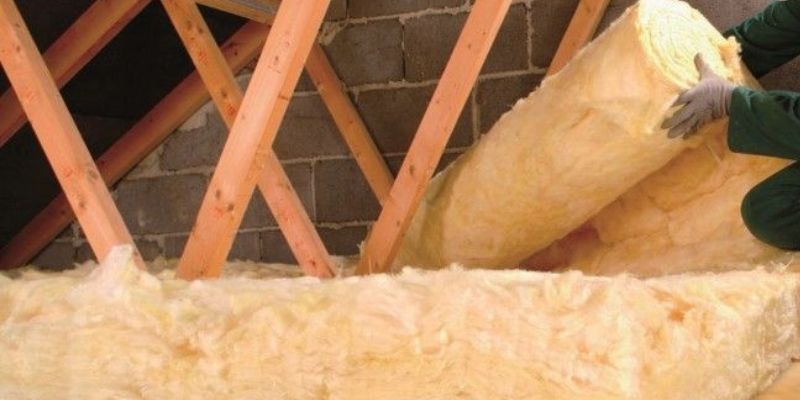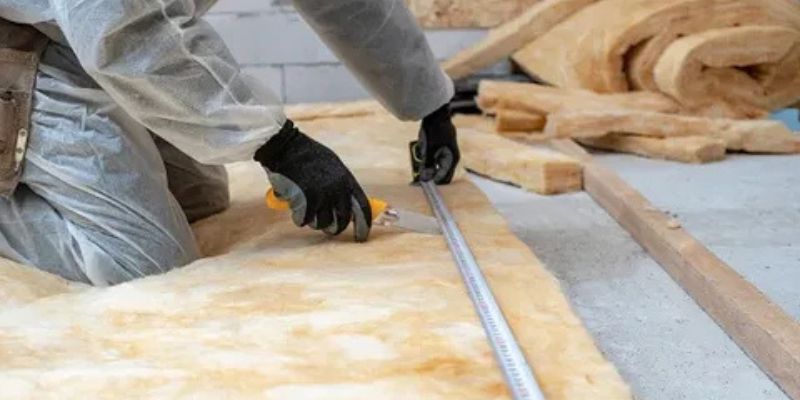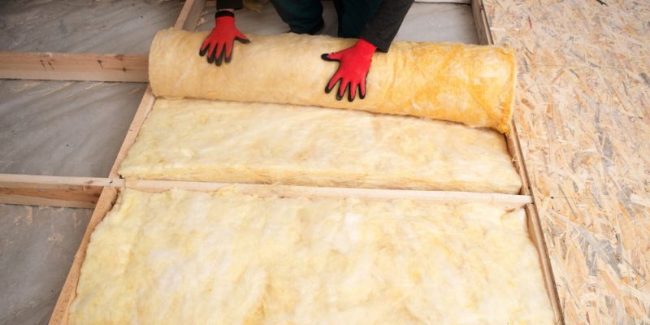Flat roofs are common in many buildings across Ireland, from modern homes to commercial properties. While they offer a clean and stylish look, flat roofs can lose a lot of heat if they are not insulated properly. This means higher energy bills, a colder home in winter, and even potential damage from condensation. Flat roof insulation is the solution to these problems. In this article, we will explain the benefits of insulating a flat roof, the types of insulation available, and useful tips to get the job done right.
Why Flat Roof Insulation Matters
Flat roof insulation helps to keep heat inside your building during the cold Irish winters and prevents overheating in summer. Without insulation, a flat roof can allow up to 25% of heat to escape, making it harder and more expensive to keep your home warm.
In Ireland, where the weather can be damp and windy, proper insulation also helps prevent condensation. Condensation can lead to mould, damp patches, and even structural damage over time. A well-insulated flat roof protects against these problems, keeps your energy bills lower, and increases your comfort.
Benefits of Flat Roof Insulation

1. Lower Heating Bills
With good insulation, your home retains more heat. This means your heating system works less, saving you money over time.
2. Better Comfort All Year Round
Insulation keeps the warmth in during winter and blocks excess heat in summer. Your home feels comfortable in every season.
3. Reduced Condensation and Damp
Flat roofs are more prone to moisture build-up. Insulation helps regulate temperature differences, reducing condensation problems.
4. Increased Property Value
Energy efficiency is an attractive feature for buyers. A properly insulated roof can make your property more appealing and valuable.
5. Environmentally Friendly
Lower energy use means fewer carbon emissions, which is good for the planet.
Types of Flat Roof Insulation
There are two main ways to insulate a flat roof: Warm Roof and Cold Roof.
1. Warm Roof Insulation
In a warm roof system, the insulation is placed above the roof deck and below the waterproof layer. This keeps the entire roof structure warm and reduces the risk of condensation. It’s the most energy-efficient method and is often recommended for new roofs or major refurbishments.
Advantages:
-
Prevents heat loss through the roof deck.
-
Reduces condensation risk.
-
Long-lasting and highly effective.
2. Cold Roof Insulation
In a cold roof system, the insulation is placed between the joists below the roof deck. This keeps the room below warm but leaves the roof deck exposed to cold air. While it’s cheaper to install, it can lead to condensation if not ventilated properly.
Advantages:
-
Lower upfront cost.
-
Easier to install in existing roofs without major changes.
Disadvantages:
-
Higher risk of condensation.
-
Less energy-efficient than warm roof insulation.
Choosing the Right Insulation Material
When insulating a flat roof in Ireland, the most common materials include:
-
Rigid Foam Boards (PIR, PUR, or EPS): Lightweight, durable, and excellent for warm roof systems.
-
Mineral Wool: Fire-resistant and great for soundproofing, often used in cold roofs.
-
Spray Foam: Expands to fill gaps and can be used in difficult areas, but needs professional installation.
Tips for Flat Roof Insulation
-
Check Building Regulations
In Ireland, there are specific rules for roof insulation to ensure safety, ventilation, and energy efficiency. Always make sure your insulation project meets these standards. -
Choose the Right Method for Your Roof
If you are replacing or building a roof, a warm roof system is best. For quick upgrades, a cold roof method may be more practical. -
Ensure Proper Ventilation
Without ventilation, even the best insulation can lead to dampness and mould problems. A professional installer will ensure your roof breathes correctly. -
Use Quality Materials
Cheap insulation may save you money now, but high-quality materials will last longer and perform better. -
Hire a Professional
While DIY insulation is possible, flat roofs can be tricky. A skilled roofer will ensure the job is done right and will spot issues you might miss.
Cost of Flat Roof Insulation in Ireland

The price depends on factors like roof size, insulation type, and labour. On average:
-
Warm roof insulation: €80–€120 per square metre.
-
Cold roof insulation: €40–€70 per square metre.
Although warm roofs cost more, they provide better energy savings in the long run. You may also qualify for grants from the Sustainable Energy Authority of Ireland (SEAI) to help cover costs if your home meets certain requirements.
Maintaining an Insulated Flat Roof
Once your roof is insulated, it needs regular checks:
-
Inspect for leaks or cracks in the waterproof layer.
-
Ensure ventilation systems remain clear.
-
Replace damaged insulation promptly.
Good maintenance will extend the life of your insulation and keep your energy bills low.
Conclusion
Flat roof insulation is a smart investment for Irish homes and businesses. It improves comfort, reduces heating costs, and protects your property from damp and condensation. By choosing the right method, using quality materials, and working with professionals, you can enjoy a warmer, more energy-efficient home for years to come.
If you are considering flat roof insulation, get quotes from trusted Irish roofing specialists and check if you qualify for SEAI grants. The sooner you insulate, the sooner you start saving money and enjoying a more comfortable home.

